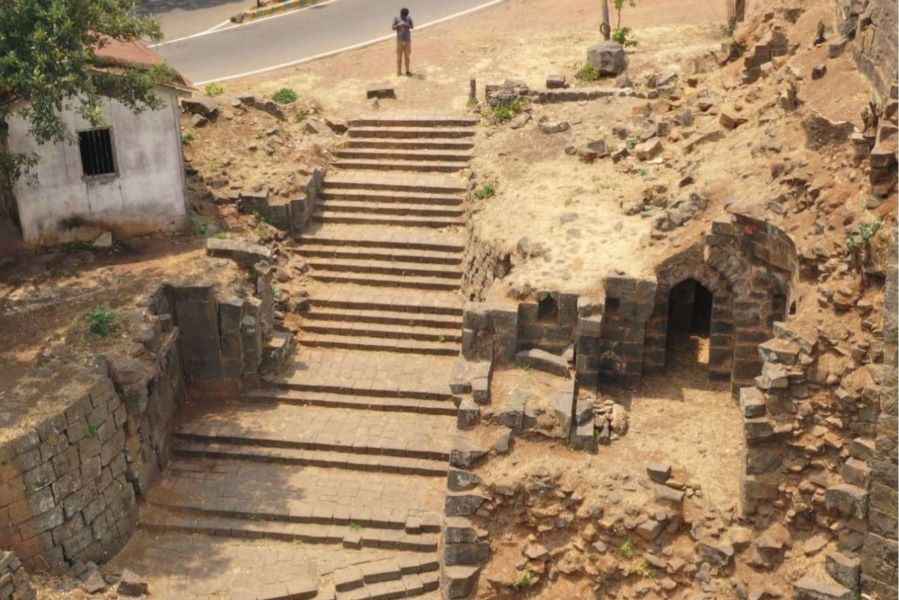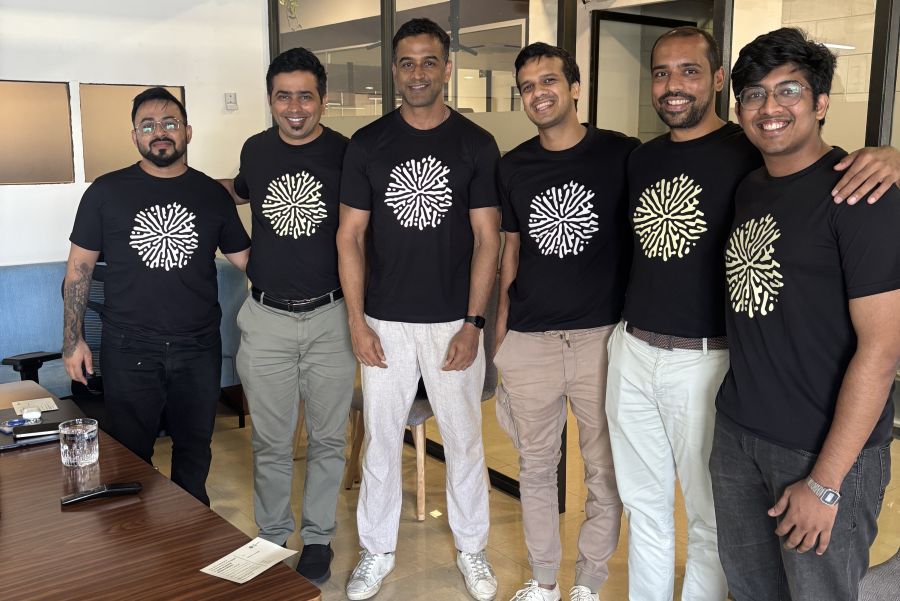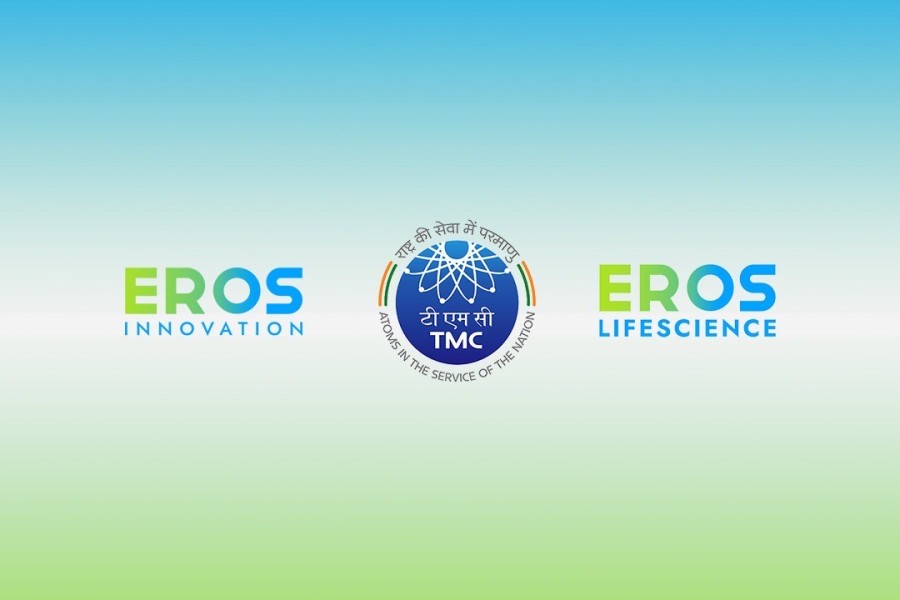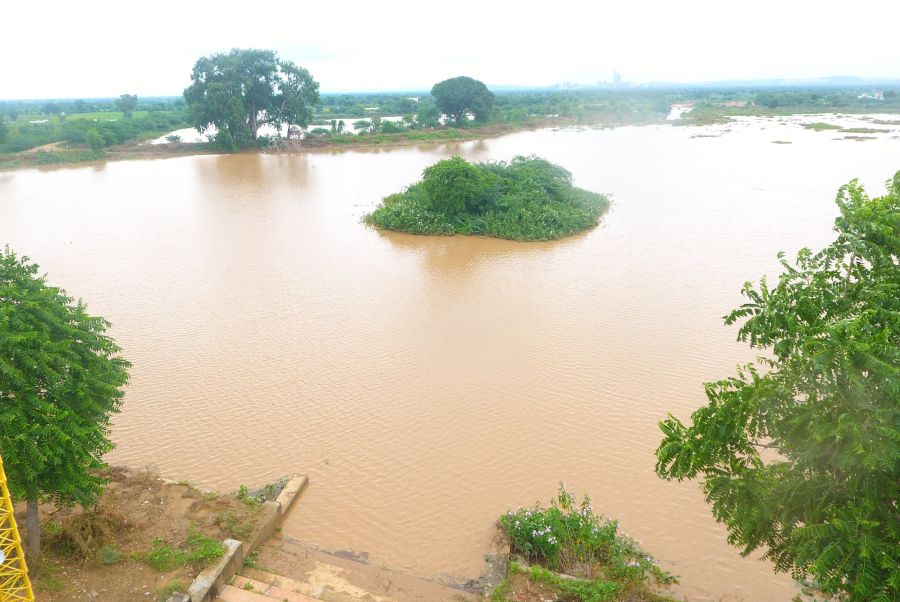Kolhapur, Nov 25, 2024: Under the guidance of the Maharashtra State Disaster Management Authority (SDMA), the District Disaster Management Authority (DDMA) of Kolhapur has prepared a first of its kind Disaster Management Plan (DMP) 2024-25 for Panhala Fort, a historic cultural landmark. This marks a significant milestone in safeguarding India’s heritage sites against natural and human-induced disasters.
Palladium as Project Management Unit (PMU) for the Government of Maharashtra’s Disaster Management, Relief and Rehabilitation Department, played a crucial role in developing this landmark plan. Dr Maniruzzaman SK, Palladium’s District Disaster Management Support for Kolhapur, led the initiative, conducting extensive scientific research, engaging multiple stakeholders, and closely collaborating with district line departments over several weeks to craft the plan.
Disasters not only threaten physical structures but also erode the pride and identity deeply tied to cultural heritage. Panhala Fort, situated 20 km from Kolhapur city, is over 1,000 years old and holds immense socio-cultural significance for Maharashtra. However, its history of vulnerability to disasters—including landslides in 2019 and 2021 and recurring wildfires—highlighted the urgent need for a dedicated disaster management framework.
Adhering to the “National Disaster Management Guidelines – September 2017” for cultural heritage sites, the Panhala Fort DMP offers a comprehensive approach to disaster risk reduction, response, and recovery. Approved by the Kolhapur DDMA, it has been submitted to the Maharashtra SDMA as a reference framework for similar initiatives across the state.
Recognising Palladium’s efforts, the Collector and Chairman, District Disaster Management Authority, Kolhapur district, Amol Yedage (IAS) said in his foreword in the Fort DM Plan, “To adhere to the Disaster Management act of 2005, regular consultations were held between the DDMO and Palladium team. Palladium’s experts spent weeks on this project, engaging in detailed scientific research and comprehensive analysis. Their efforts and expertise culminated in the creation of the comprehensive Panhala Fort Disaster Management Plan, which aims at reducing disaster risks and boosting resilience of the fort.”
A comprehensive Disaster Management Plan has been developed to enhance disaster resilience at the historic fort, following an extensive hazard risk assessment and vulnerability analysis. The initiative involved meticulous compilation of historical hazard data and risk analysis to evaluate the site’s vulnerabilities and design effective response solutions.
In addition to addressing short-term disaster preparedness and response, the plan outlines medium- and long-term measures for disaster risk prevention, reduction, and mitigation. The plan aims to ensure the sustained protection of the heritage site against geological, hydrological, climatic, and human-induced hazards.
The plan’s development process included creating a detailed hazard profile of the precinct, considering past hazard events and current conservation challenges. This holistic approach underscores a commitment to safeguarding the fort while preserving its cultural and historical significance.
Maharashtra’s rich cultural heritage includes numerous historical sites integral to the state’s identity. The Panhala Fort DMP sets a benchmark for preparing disaster management plans for such sites, ensuring their preservation while enhancing disaster preparedness and response capacity.
The Disaster Management, Relief, and Rehabilitation Department, Maharashtra envisions institutionalizing this approach, enabling other districts and cities to replicate the model.








.jpg)







.jpg)




